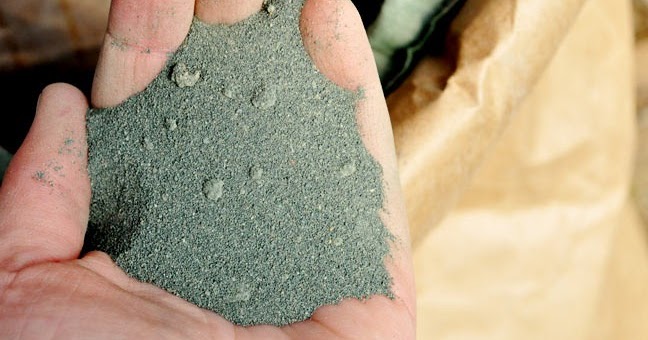Have you recently moved into a new home, or are you considering building one? If so, you’ll probably need to know which types of molding sand to use.
Many different types of molding sand are available, each with strengths, weaknesses, and uses. To make things easier, in this article, we’ll look at the main types of molding sand available, outlining the pros and cons of each.
Are you ready to learn more? Then read on and find out what you need to know about various types of molding sand!
Green Sand
Green sand gets its green color from a combination of silica sand, clay, water, and other ingredients. It is called “green sand” because it is damp and retains shape after removing the pattern from the mold. This type of molding sand is inexpensive and simple to use, making it a popular choice for both small and large-scale metal casting.
Green sand is reusable and frequently recycled by combining it with new sand and other materials to preserve its molding sand properties. Casting shapes and precision that cannot be achieved with other types of casting processes can be achieved with green sand casting.
Dry Sand
Dry sand is a chemically bonded synthetic sand additive. The mixture is then baked at a high temperature to create a strong, long-lasting mold. Dry sand is used to make molds that must be extremely accurate in size, and it is frequently used to make large castings.
Dry sand is more expensive than green sand and requires specialized tools and knowledge. However, it has numerous advantages, including improved dimensional accuracy, a smoother surface finish, and fewer defects.
Loam Sand
Loam sand combines sand, clay, and organic materials such as straw or leaves. It is a natural molding sand that creates large, irregularly shaped castings such as columns, statues, and other decorative pieces. Loam sand is also used to create mold cores, which are used to create holes within the final casting.
Loam sand is more expensive than green sand and requires more time and skill. However, it has many advantages, such as forming large and complex shapes, being more permeable, and shrinking less.
Facing Sand
Facing sand is a high-quality molding sand used on the mold cavity’s surface to create a smooth finish on the final casting. It is composed of high-quality silica sand and other additives.
It is frequently used in conjunction with other molding sand types. Facing sand is carefully formulated to provide the desired surface finish while withstanding the high temperatures and pressures of the metal casting process.
Shell Sand
Shell sand is created by pouring a hot metal mold with a mixture of resin-coated sand and a catalyst. Resin-covered sand hardens around the pattern, which is then removed to form a mold cavity.
Shell sand is frequently used to produce small and medium-sized castings that must be precise in size and have a smooth surface. However, it is more expensive and difficult to use because special tools and skills are required.
Elevate Your Casting Game With the Right Types of Molding Sand
Molding sands provide enormous flexibility due to their wide range of colors, textures, and shapes. They are important elements in the production of a variety of castings.
Depending on your needs, each type of molding sand can provide different results when used. For more information about molding sand and its uses, consult an experienced professional.

